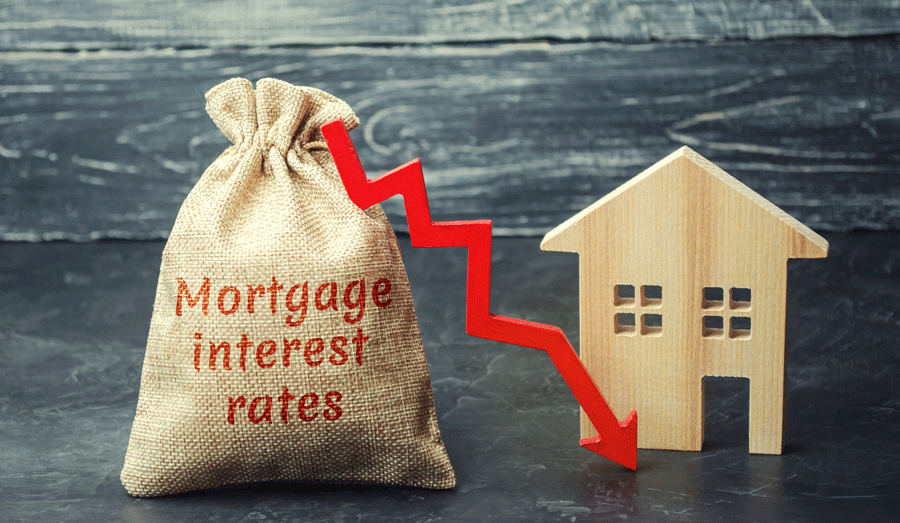55-Plus Consumers Get Special Housing Attention – According to U.S. Census Bureau data, the size of the Baby boomers (born between 1946 to 1964) stand at 76 million and are on the brink of a housing change in the coming years. The housing industry wants to be ready. For the first time in U.S. history, older Americans will outnumber children by 2035. They already hold nearly two-thirds of home equity nationwide. But what type of housing will they be drawn to as they age? That’s the question builders are trying to be proactive about. Some are banking on a draw of age-restricted communities for the 55-plus community. The draw is already there, says one homebuilder, PulteGroup. When Pulte first opened its active adult brand, Del Webb Bexley in Tampa, Florida, more than 800 prospective home buyers showed up to land one of 850 available homes. The open house reached capacity in mere hours, and the builder expanded its 55-plus offerings lineup in response.
Mortgage Rates Drop to 2-Year Lows – Based on Freddie Mac reports, there have been 6 consecutive weekly declines for mortgage rates, leaving some borrowers wondering how low will they go. The 30-year fixed-rate mortgage averaged 3.82% recently, the lowest average since September 2017. “While the drop in mortgage rates is a good opportunity for consumers to save on their mortgage payment, our research indicates that there can be a wider dispersion among mortgage rate offers,” says Sam Khater, Freddie Mac’s chief economist. “By shopping around and getting a single additional mortgage rate quote, a borrower can save an average of $1,500.”

© REALTOR® MAGAZINE
Home Buyers Are Stretching Their Searches Out to the Exurbs – According to the National Association of Home Builders’, home buyers are now taking their house hunts further out from the city limits. Exurbs are the outskirts of major metro areas that lie beyond the suburbs. Many offer more land and greater affordability in new-home construction. Single and multifamily activity in the exurbs makes up only a small share of permit activity across the country, but their quarterly growth rates reached a new high in the first quarter of 2019. Single-family permit activity has posted a 5.6% year-over-year growth rate, which is higher than that for large metro areas and suburbs, the index reveals. “Being lower priced, housing in areas such as exurbs tend to be less sensitive to price changes and therefore were not as affected as suburbs of large metro areas by higher mortgage rates” last year, the researchers note. “As land is more freely available and cheaper in the exurbs than suburbs, building permit activity in this regional geography increased in an otherwise challenging quarter.”
Average Homeowners Gained $6,400 in Equity in First Quarter – Based on the Home Equity Report, released recently by CoreLogic, U.S. homeowners who have a mortgage saw their equity increase by 5.6% over the past year. The average homeowner gained $6,400 in home equity between the first quarter of 2018 and the first quarter of this year. U.S. homeowners with mortgages account for about 63% of all properties nationwide. Some states saw larger gains than others.


